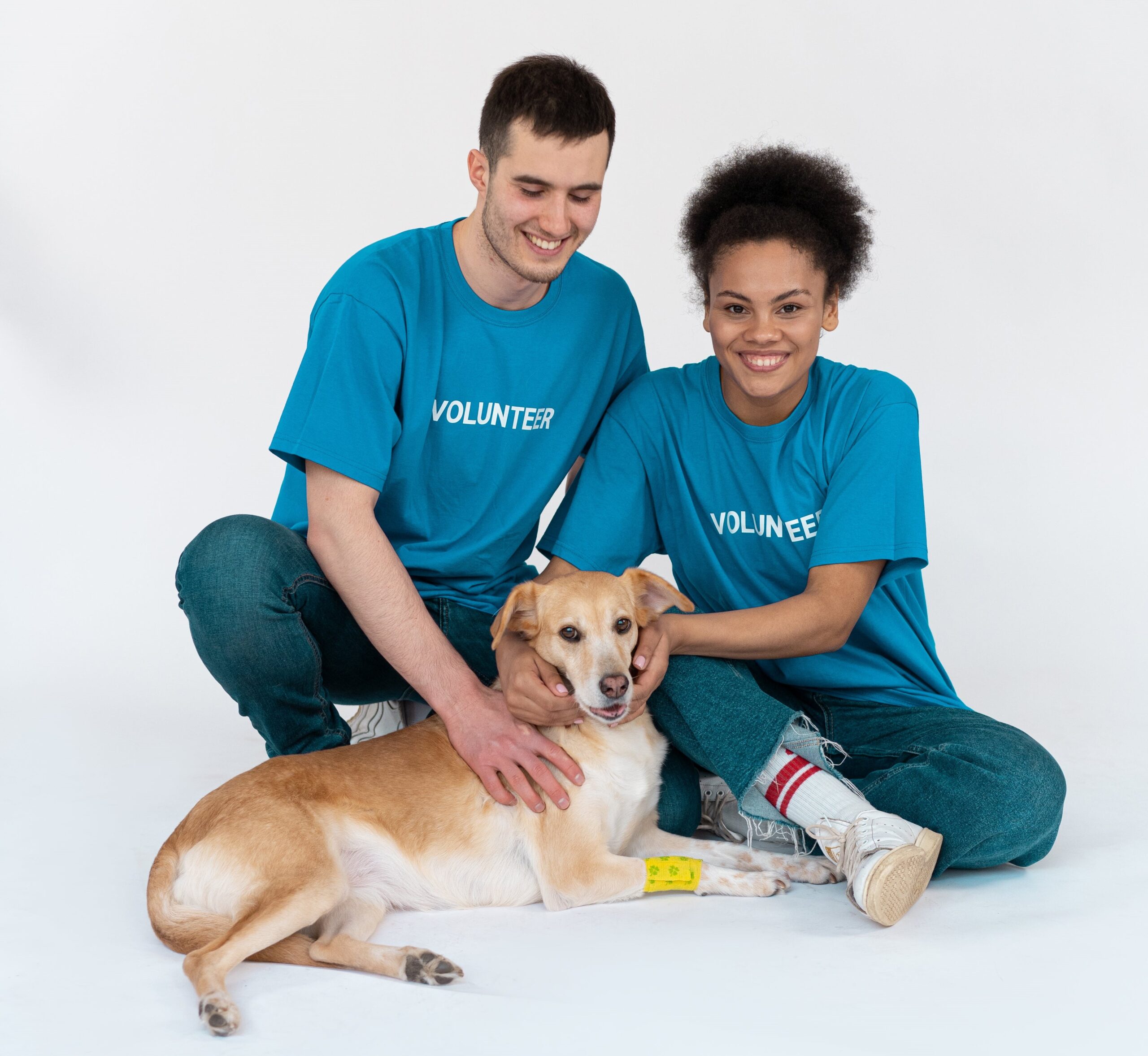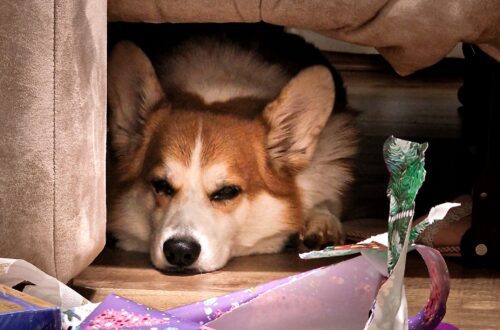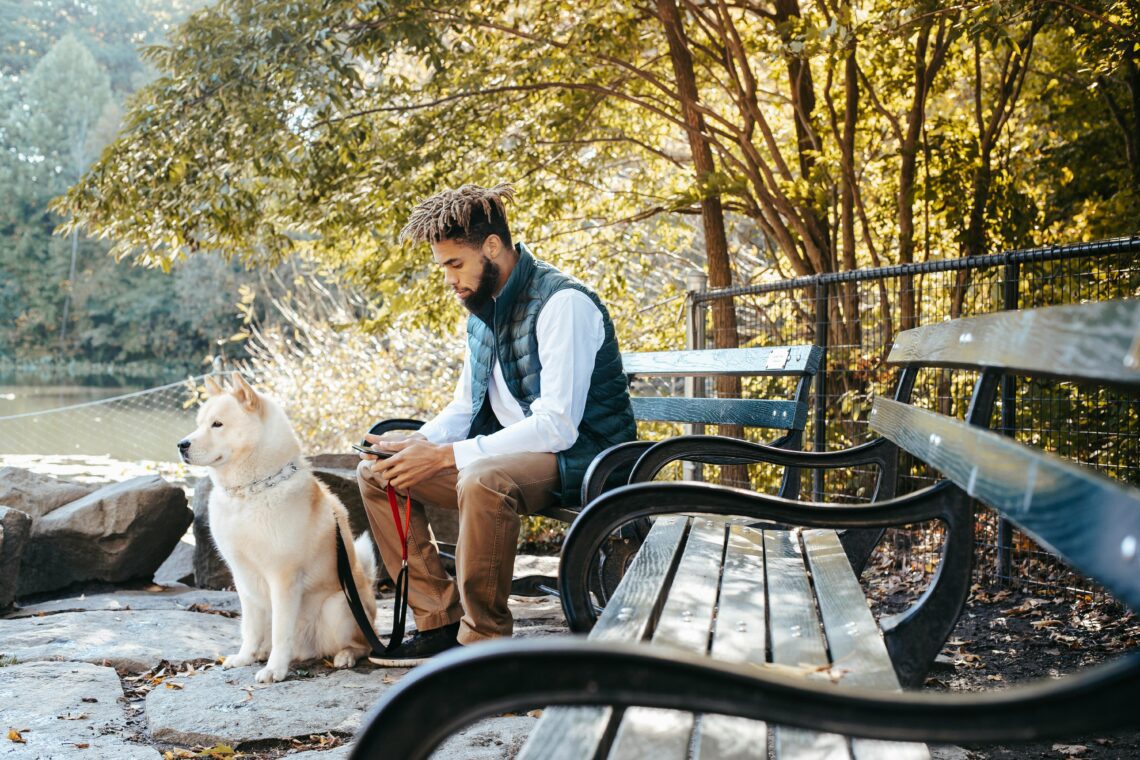
How to socialize your dog or puppy? | Never be late for these steps |
What is socialization?
Making your dog feel comfortable among other dogs, with strangers, and in strange settings and circumstances is known as dog socialization. The main goal of socialization is experience. Comprehending their surroundings enables your dog to lead a more contented and carefree existence.
By introducing your puppy or adult dog to different people, animals, and environments, you may teach him to be socialized. Socialized dogs are often more well-liked by people and have a lower chance of developing behavioral issues. Additionally, socialization can aid in halting the emergence of phobias and anxieties.
Why socialization is necessary for pet dogs?
Not every dog has the benefit of socialization during their puppy years. For instance, a lot of dogs are adopted long after they are puppy years and go into their new homes unsocialized. Many of the members of our Hounds Lounge pack were really rescues who are now excellent role models for socializing an adult dog.
Some dogs, for whatever reason, fail to socialize within the recommended window of seven weeks to four months. Some dogs pick up a few socializing skills, but they just don’t stick.
- When they see humans or other animals, they become afraid or hostile.
- When you or someone else approaches, they shrink back or raise their hackles, or back hair. They get anxious when they go on walks.
- They are bashful around humans or other canines.
- They may become too agitated and agitate people or other dogs.
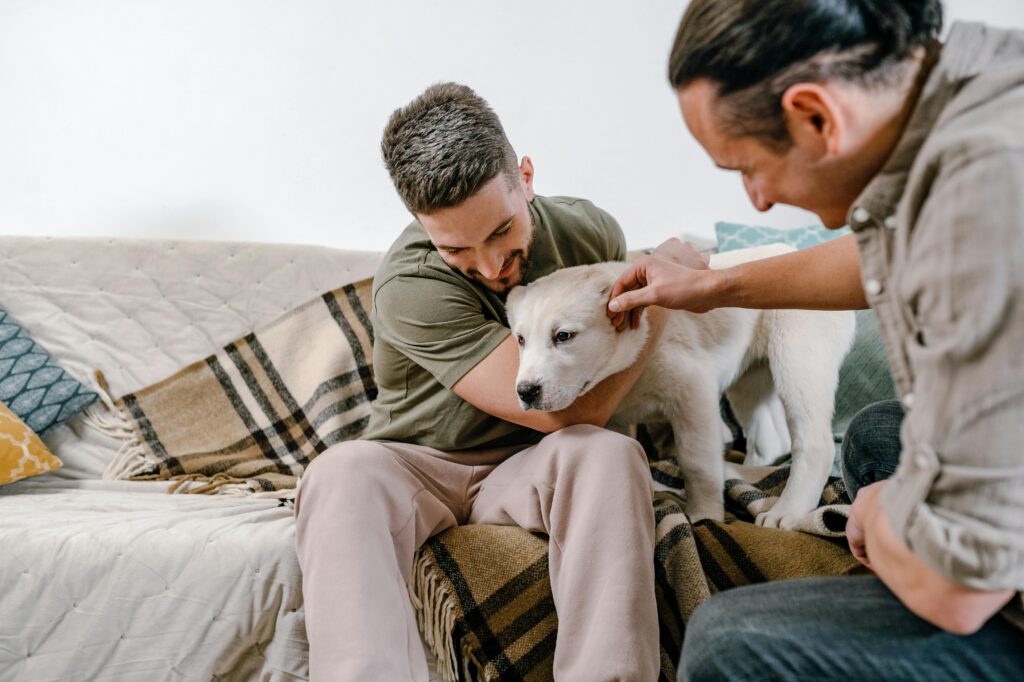
It’s time for your dog to start socializing if they exhibit any of these habits! Even while it might seem daunting at first, the procedure will end up being a fulfilling opportunity for you and your furry friend to bond. Let’s explore adult dog socialization now.
Start training from home:
Make sure your dog is feeling at ease before introducing them to a new pet, person, or location. Make sure your dog is in a controlled setting during the early stages of socializing so you can step in to assist if necessary. Knowing commands like “come” will help you to catch your dog’s attention in potentially stressful circumstances.
Introduce to other pet:
It’s time to introduce your dog to another dog if they haven’t spent much time with other animals. A well-known exercise that works well for this is walking.
Take a leisurely stroll with a buddy and their dog. Make sure there is enough of room between the two dogs. Give your dog a treat if they behave well and stay calm.
After the walk, if both dogs appear at ease, let them smell each other while the leashes are still on. Give out treats to encourage good relationships.You can try letting the dogs see each other from a distance in a fenced-in area if you both feel comfortable with your new furry friend.
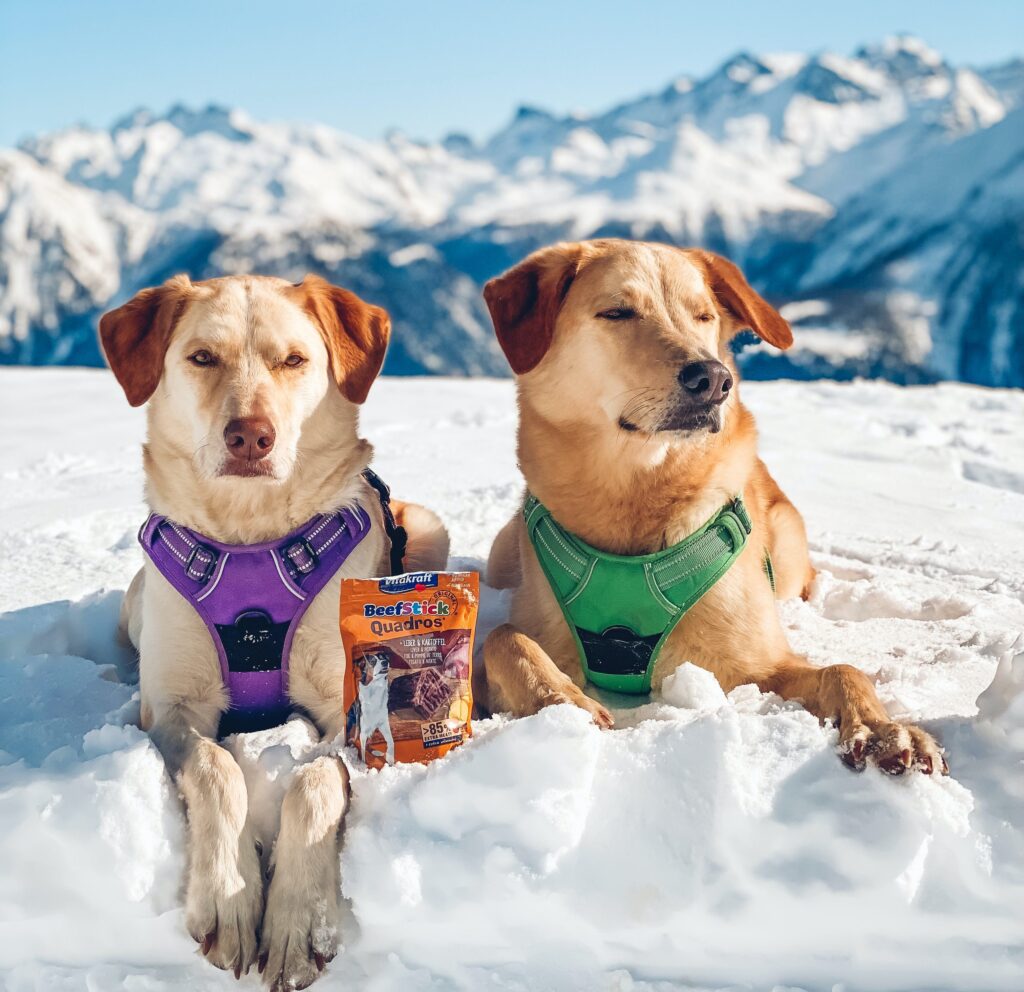
Go for walk into nearby parks:
You can take your dog to the dog park after you are comfortable with their socialization in supervised settings. Not so quickly, though. Don’t enter the fence when you are initially there. Simply show your dog what’s happening in the park while keeping them on a leash. On your subsequent visit, you can let your dog within the fence if they behave comfortably; otherwise, you should keep them on a leash until you are sure they are at ease.
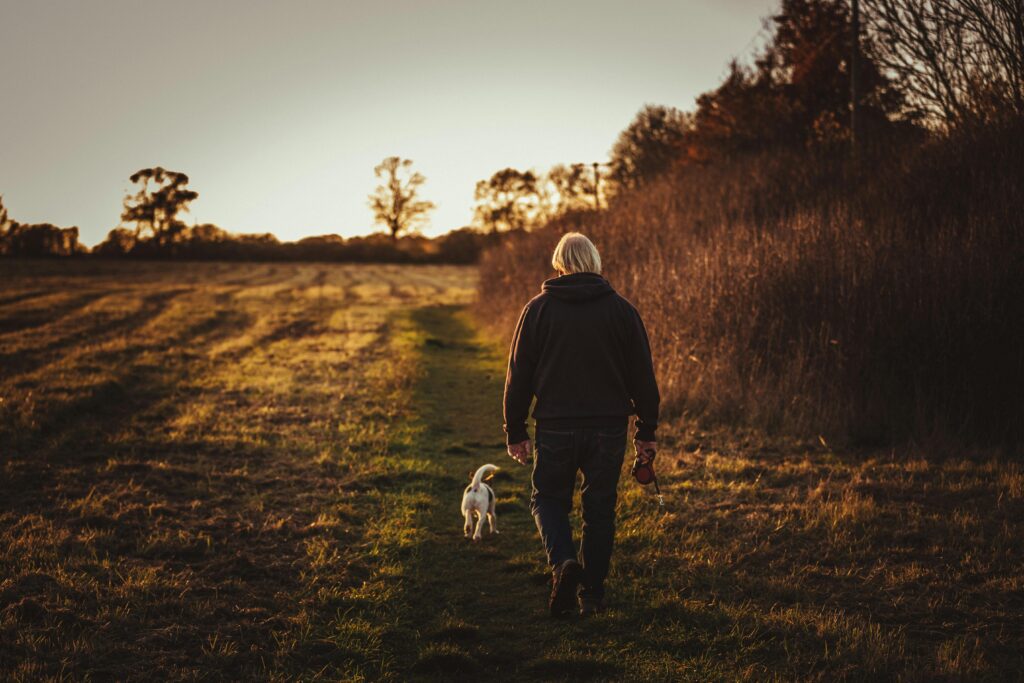
Go to veterinarian for consultancy:
One of the first new locations your puppy will visit after moving into your house is the veterinarian’s office. Their social and physical development also benefit from these early veterinarian consultations. Together with your veterinarian, try to make these visits enjoyable and upbeat. To help the pet associate the veterinarian with pleasant things, give them lots of food and praise.
During these visits, bring high-reward snacks like peanut butter and low-fat string cheese to help your dog form positive associations with the vet. See your veterinarian about pheromones and other items, like as vitamins, that can lessen the trauma of moving your pet from their mother and littermates to their permanent home.
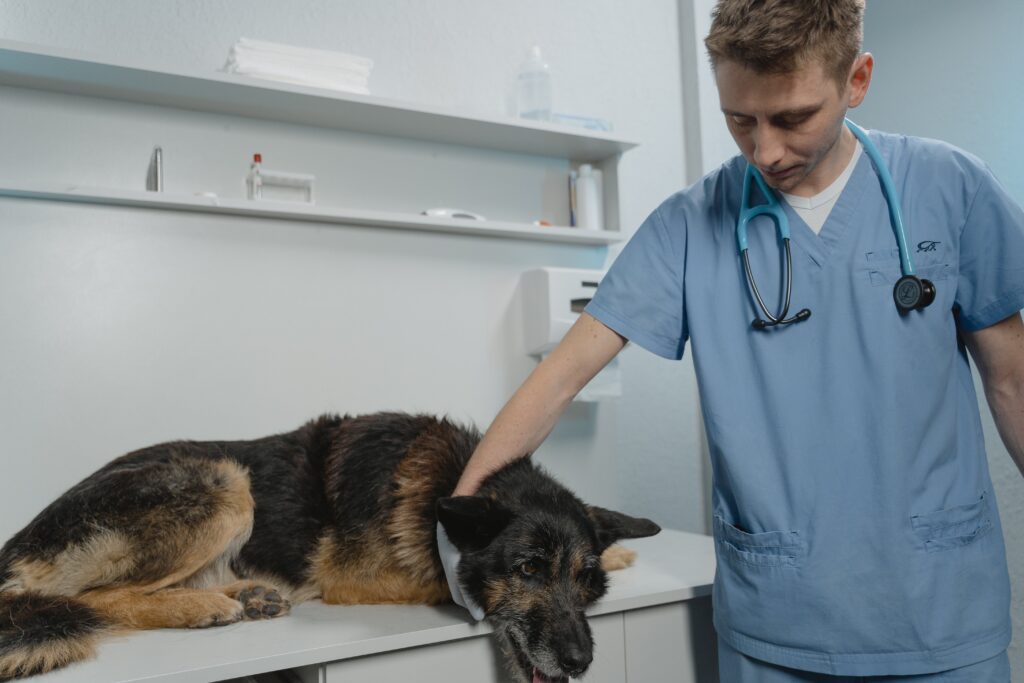
Familiar your dog for certain environment:
The world has to offer your puppy a wide range of sights, sounds, and smells. When dogs first meet things like traffic, construction, and big buildings, they may get scared, but with steady, moderate exposure and positive reinforcement, young puppies may learn to accept these things.
- Take walks and drives with your dog to locations like pet shops and friends’ homes.
- For a joyful social visit (no vaccinations, just a hello and some goodies), stop by the veterinarian.
- Introduce your puppy to a range of individuals in a variety of outfits (such as costumes and hats) and with a range of ages, sizes, and ethnicities. Assure them that you are socializing your dog with these folks, and request that they act in a composed manner.
- When introducing them to other dogs and animals, make sure the other canines are amiable, well-groomed, and have received all of their shots.
- Teach your puppy to be calm and pay attention to you instead than yanking on the leash to approach a new dog if they encounter one.
Precautions during socialization:
- Go slowly. In a quiet, controlled setting, begin by acclimating your dog to new people and animals. Don’t hurry things up or expose your dog to too many unfamiliar things as once.
- Make use of encouraging feedback. Reward your dog for excellent conduct by giving them praise and rewards when they interact with other people and animals.
- Put obedience training into practice. Your dog can become more focused and adept at following instructions with obedience training, which will facilitate socializing.
- Keep an eye on conversations. Make sure your dog is comfortable and not overstimulated by watching how they interact with humans and other animals.
- Have patience. It’s crucial to have patience with your dog during their socialization process as they adjust to new circumstances and experiences.
- Seek for expert assistance. Consider working with a licensed behaviorist or dog trainer who can create a socialization plan with you and your dog if you’re experiencing problems socializing your adult dog.
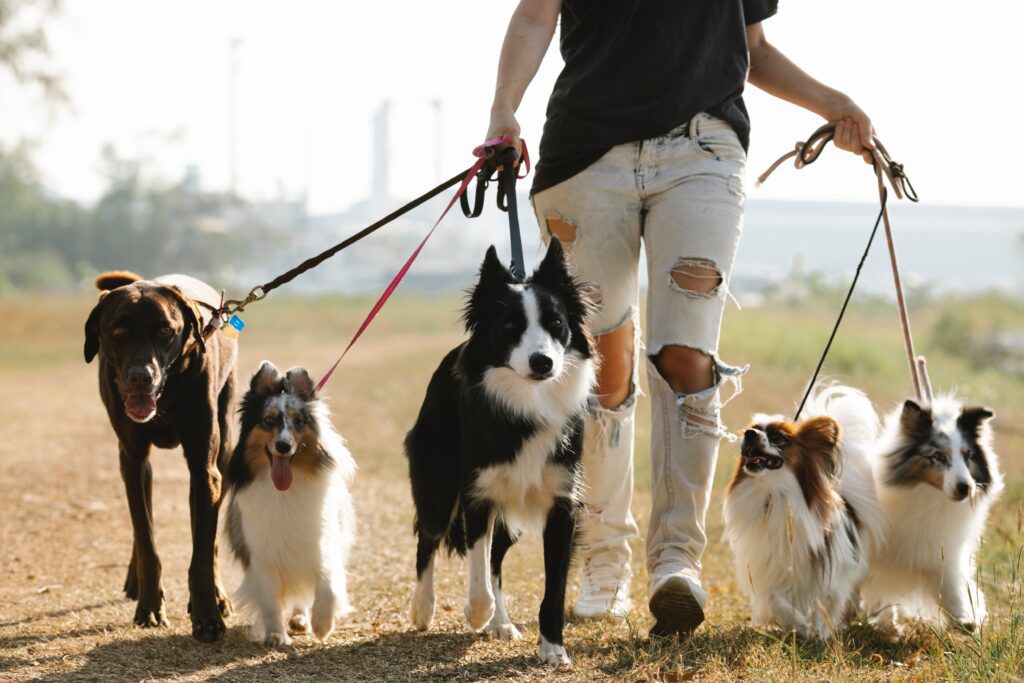
It could take longer to socialize an older dog than a puppy, but it’s never too late to begin. You can assist your adult dog in being a content and well-adjusted part of your family by being consistent, patient, and providing positive reinforcement.



